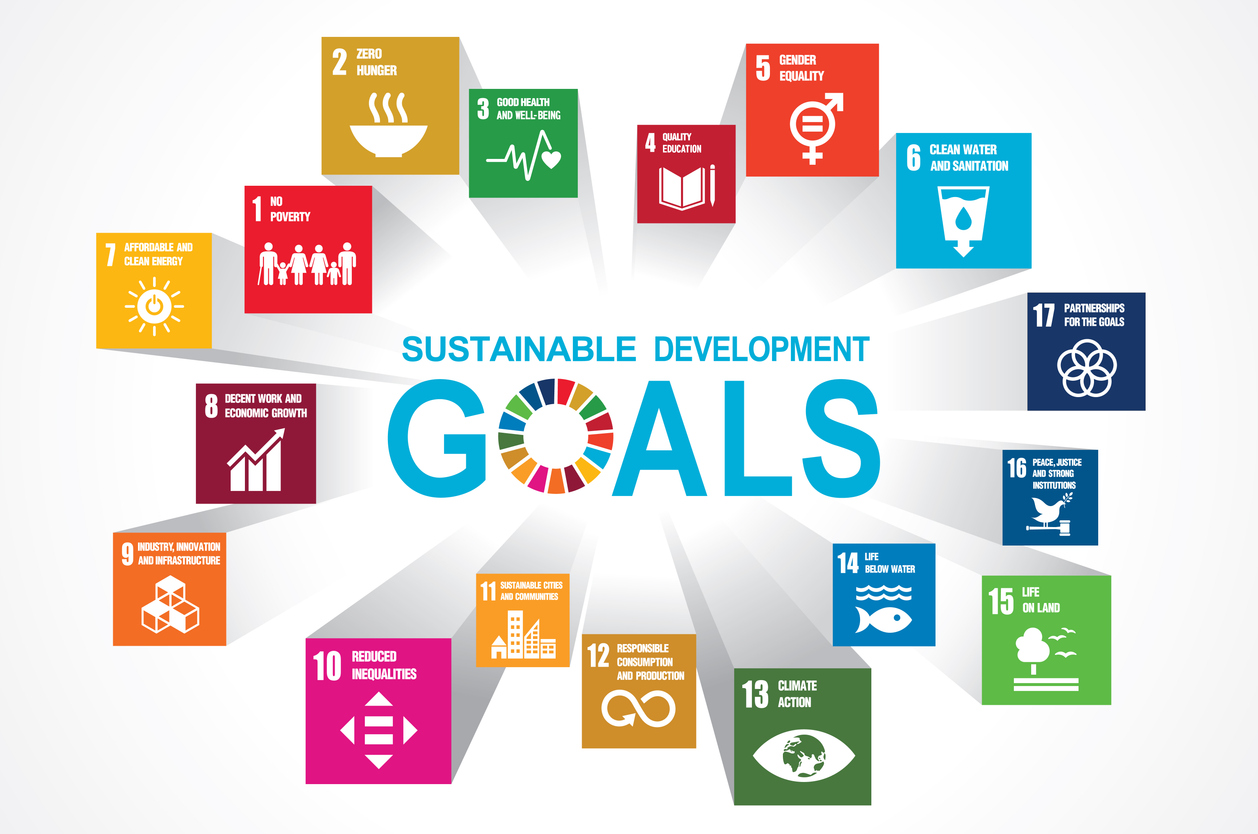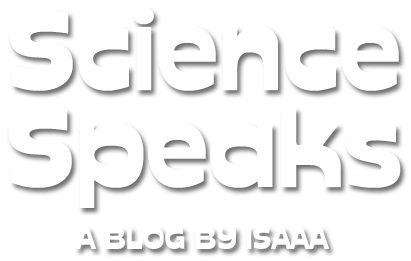The Power of Science Communication in Unlocking the Sustainable Development Goals
| |

The United Nations Sustainable Development Goals (SDGs), often referred to as the Global Goals, are a universal call to action aimed at ending poverty, protecting the planet, and ensuring that all people experience peace and prosperity. The SDGs represent a global commitment to addressing the world's most urgent issues. They were adopted by all United Nations Member States in 2015 as part of the 2030 Agenda for Sustainable Development.
The SDGs were developed at the United Nations Conference on Sustainable Development held in Rio de Janeiro, Brazil, in 2012. There are 17 interconnected goals that emphasize the need to eliminate poverty and other deprivations in tandem with strategies that enhance health and education, reduce inequality, and stimulate economic growth—all while addressing climate change and working to preserve our oceans and forests.
Challenges such as climate change, a growing global population, pandemics, and food insecurity are deeply interconnected. These issues pose significant threats to achieving the SDGs. Effectively addressing these complex challenges requires a comprehensive and unified strategy because progress in one area often depends on advancements in another.
Why is science communication important?
Science communication refers to the practice of conveying scientific information, knowledge, and concepts to various audiences in a clear, accurate, and engaging manner. It involves translating complex scientific ideas into accessible language and formats that are easy for non-experts to understand.
Science communication contributes to innovation by:
- Bridging the knowledge gap: Science communication translates complex scientific concepts into understandable language, making it easier for non-experts to engage with scientific information.
- Promoting scientific literacy: Science communication disseminates accurate, evidence-based information and fosters critical thinking skills, empowering individuals to make informed decisions based on scientific evidence.
- Enhancing public understanding of science: Science communication helps the public recognize the relevance and impact of scientific advancements, enabling informed discussions and participation in policy decisions.
- Building trust and credibility: Science communication promotes transparency, shares rigorous scientific methods, and addresses uncertainties, fostering trust in scientific institutions and knowledge.
- Inspiring the next generation: Science communication ignites curiosity and interest, encouraging young individuals to pursue careers in science, technology, engineering, and mathematics.
- Addressing misinformation and skepticism: Science communication counters misinformation, clarifies misconceptions, and promotes evidence-based knowledge, contributing to a more informed and scientifically literate society.
How can science communication help in achieving the SDGs?
Science communication plays a crucial role in achieving the Sustainable Development Goals (SDGs) by bridging the gap between scientific knowledge and research and a diverse range of audiences. It empowers people to make informed decisions and take collective action. Here’s how science communication contributes to this effort:
Policy and Decision Making
Science communication ensures that the best available scientific evidence informs policies and decisions. By effectively communicating complex research, it allows policymakers to develop evidence-based strategies that promote public awareness and foster collaboration among stakeholders.
Access to accurate, timely, and relevant scientific information is essential for creating effective policies and interventions. This is particularly important for addressing complex and urgent challenges such as climate change, poverty, and health crises. Science communication also helps bridge the science-policy gap by facilitating dialogue and understanding among scientists, policymakers, and other stakeholders. This ensures that research findings are translated into practical solutions and integrated into national and international agendas.
Public Awareness and Engagement
Science communication contributes to raising public awareness and fostering engagement by translating complex scientific findings related to the SDGs into easily understandable language and formats. This is vital for tackling global challenges such as climate change, poverty, nutrition, and health crises.
By making scientific concepts more accessible, science communication enhances public understanding of critical issues tied to the SDGs, such as climate change, biodiversity loss, water scarcity, and health. Effective communication empowers individuals and communities to make informed decisions, contributing to sustainable practices. It can also promote behavioral change, motivating people to adopt more sustainable behaviors—like reducing plastic waste, conserving water, or supporting eco-friendly initiatives.
Lastly, science communication helps mobilize public support. When the public understands the urgency and significance of the SDGs, they are more likely to support related policies, advocate for change, and participate in sustainable development efforts.
Collaboration and Innovation
Science communication fosters trust and shared understanding among different stakeholders, which is essential for effective collaboration. Through science communication, individuals and communities can engage with one another in dialogues and collaborations that address local sustainability challenges. It encourages partnerships between scientists, policymakers, and communities to tackle these issues collaboratively, helping identify specific concerns and causes unique to each group.
Science communication highlights scientific and technological innovations that offer solutions for sustainable development, such as renewable energy technologies, clean water solutions, and sustainable agricultural practices. Global partnerships are crucial for achieving the SDGs, and established trust among stakeholders strengthens international collaboration, facilitating the sharing of knowledge and best practices across borders.
Equity and Inclusivity
Promoting equity and inclusivity is vital for the success of the SDGs, as it ensures that no one is left behind in the pursuit of a better future. These principles address the root causes of inequality, promote social justice, and contribute to sustainable development.
Science communication amplifies marginalized voices, ensuring that the concerns and perspectives of vulnerable communities are heard and considered in decision-making processes. It also plays a key role in countering misinformation. In our current landscape of rampant misinformation and disinformation, robust science communication is essential to combat false narratives and build trust in scientific data, particularly regarding health and environmental policies.
Conclusion
Science communication is not only a tool for disseminating information; it is also about fostering dialogue, building trust, and catalyzing collective action. It plays a crucial role in achieving the SDGs by bridging scientific knowledge and the public, policymakers, and industries. Science communication moves beyond simply disseminating facts to crafting compelling messages that inspire action and drive meaningful change.
Science communication fosters awareness, informs decision-making, and motivates action towards sustainable practices across various sectors by translating complex research into accessible information and promoting evidence-based practices. By making scientific knowledge understandable, relevant, and actionable for diverse audiences, it significantly contributes to the transformative vision of the 2030 Agenda for Sustainable Development.
Sources:
- UN Sustainable Development Goals: 17 Goals to Transform Our World
- The Sustainable Development Agenda
- Why is Science Communication Important?
| Newer Post | Archive | Older Post |
Science Speaks is ISAAA Inc.'s official blog. Weekly blog articles, authored by ISAAA writers, partners, and invited contributors, aim to help share, disseminate, and promote scientific knowledge and its vital role in achieving global agricultural sustainability and development. Your support to Science Speaks will help us achieve this goal. You can help us by donating as little as $10.

